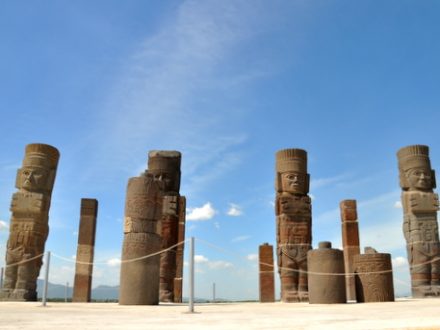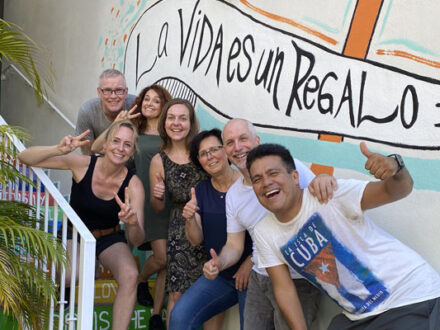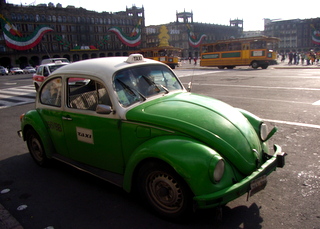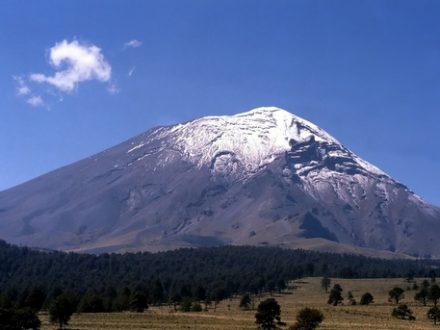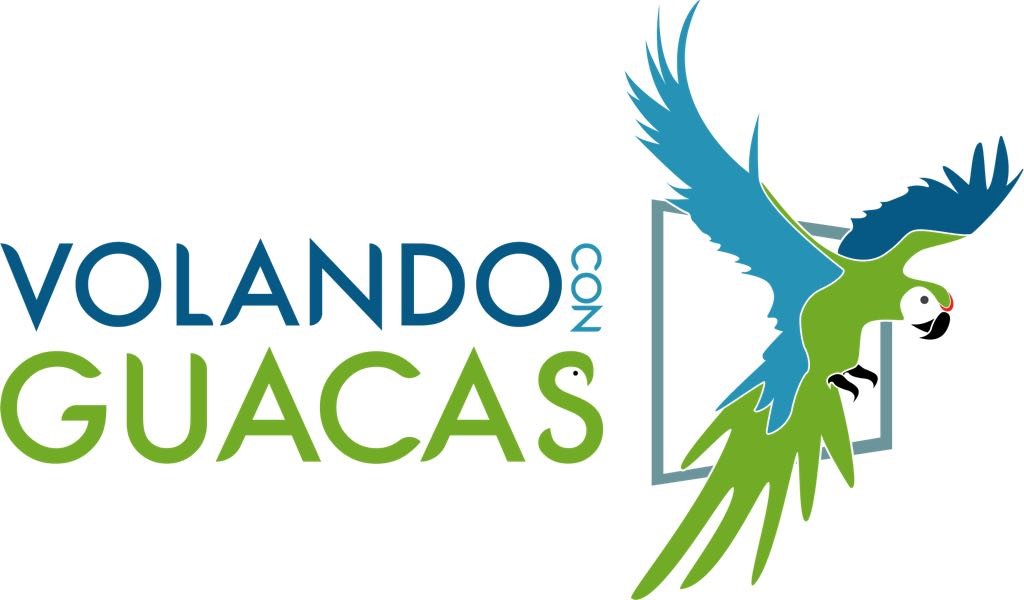
VIBRANT METROPOLITAN CAPITAL
Mexico City – Visitors can expect multifaceted city life with impressive architecture, idyllic parks, delicious culinary experiences as well as an unlimited amount culture and history and of course unforgettable sights.
History
As early as 1325, the Aztecs were drawn to the area in search of a place to build a new city. Here, they saw an eagle sitting on a cactus while eating a snake and interpreted this as a sign from the Gods to settle and establish a city, Tenochtitlán. The symbol on the Mexican flag alludes to this legend. At the beginning of the 16th century, their empire encompassed an enormous area that extended into the southern portion of Mexico. In 1519, when the Spaniards invaded, the population was estimated at 200,000 – 300,000 people. The conquerors destroyed the city almost completely. Today, unfortunately, only a few of the original Aztec buildings have been excavated and preserved.
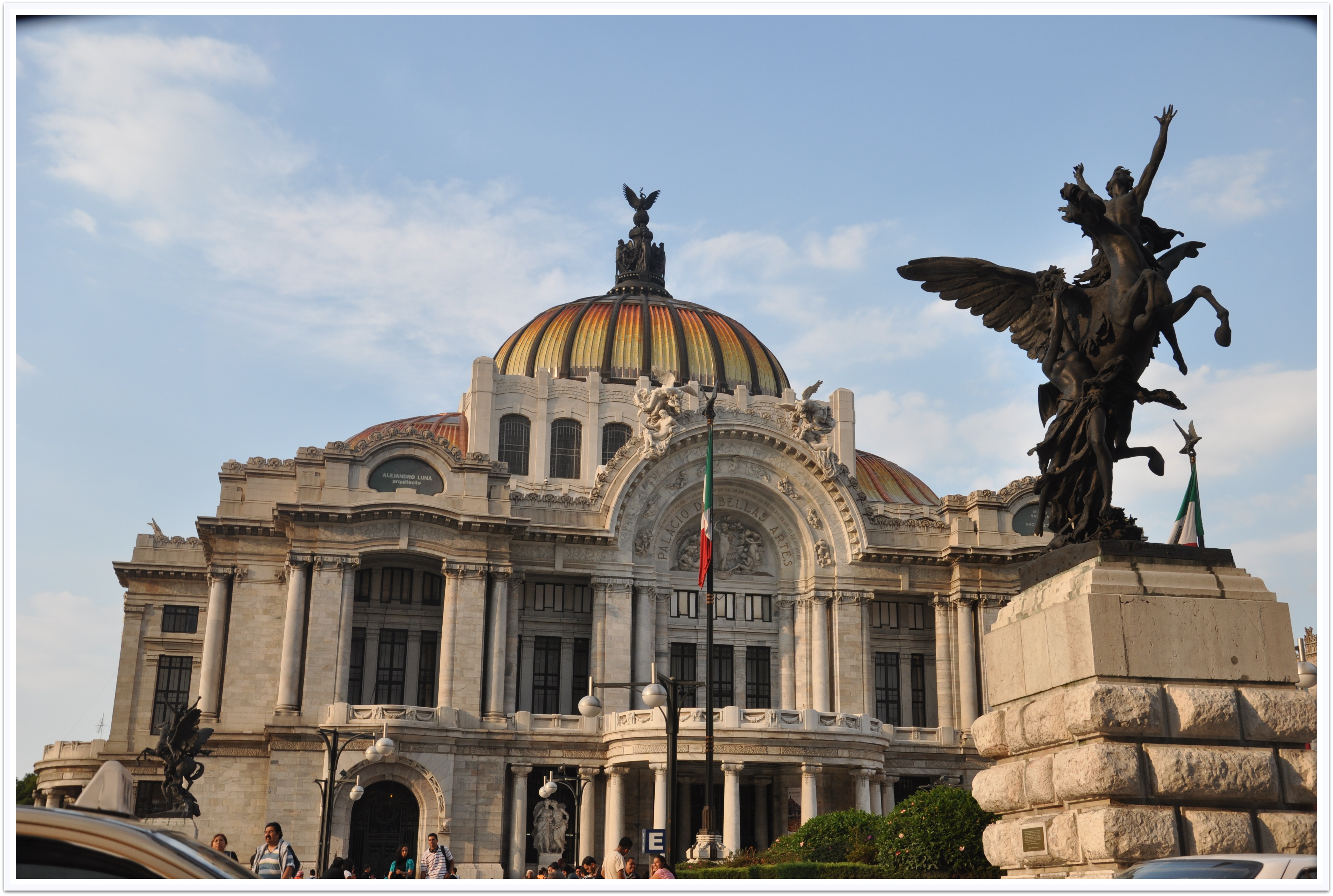
Anthropological Museum
The Museo Nacional de Antropología is found in the Bosque de Chapultepec which is the largest park in Mexico City, also called the “green lung” of the city. The museum is an impressive display of the fascinating pre-Hispanic cultures and you should think about what is of particular interest beforehand. Here you can learn everything about the pre-Hispanic history of Mexico and an appreciation for the life of today’s indigenous communities. A highlight is the famous Aztec sun stone which was mistaken as a calendar for a long time.
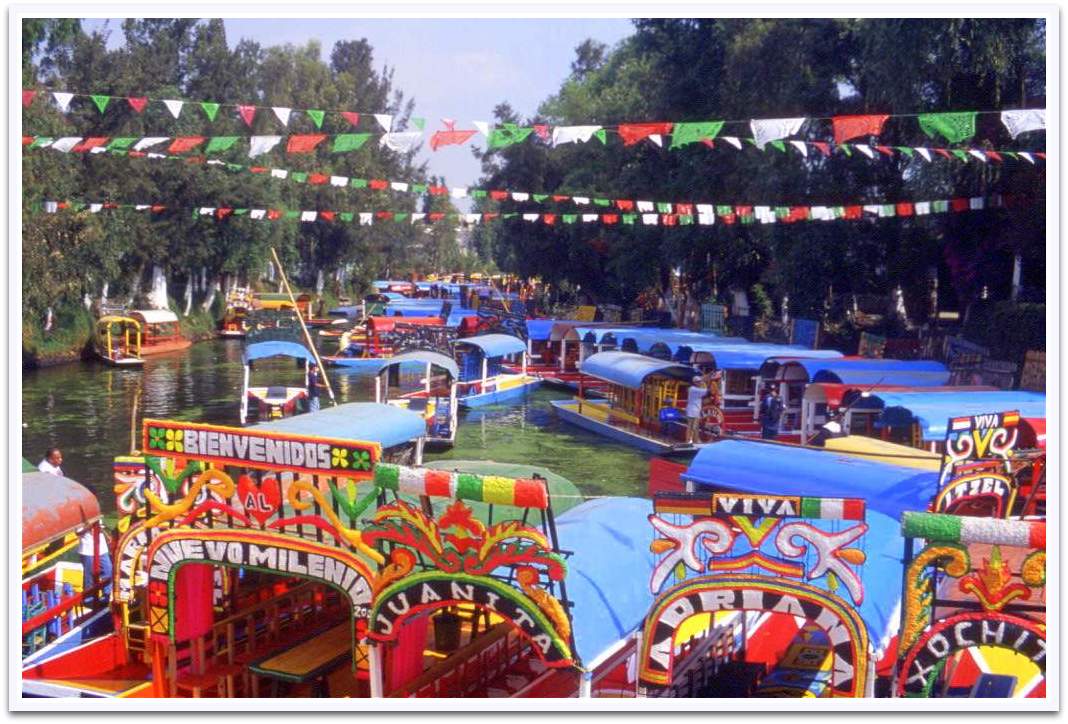
Coyoacán & Xochimilco
In the idyllic district of Coyoacán is the Casa Azul, the Blue House of Frida Kahlo, the famous artist and wife Diego Riviera. The house has remained almost untouched and displays the famous couple´s original sketches, paintings and personal items.
If you are fed up with museums, just relax in the park and enjoy the unique atmosphere of Coyoacán. It has a small town atmosphere with local shops and a bustling pace. Also in the southern part of the city are the colourful Xochimilco canals, known as floating gardens. Here you can rent a trajinera, a colorfully decorated raft and driver, to enjoy the wonderful gardens in all their glory. Musicians and vendors cruising past provide entertainment and snacks. The gardens have also been declared a UNESCO World Heritage Site due to their rich flora and fauna.
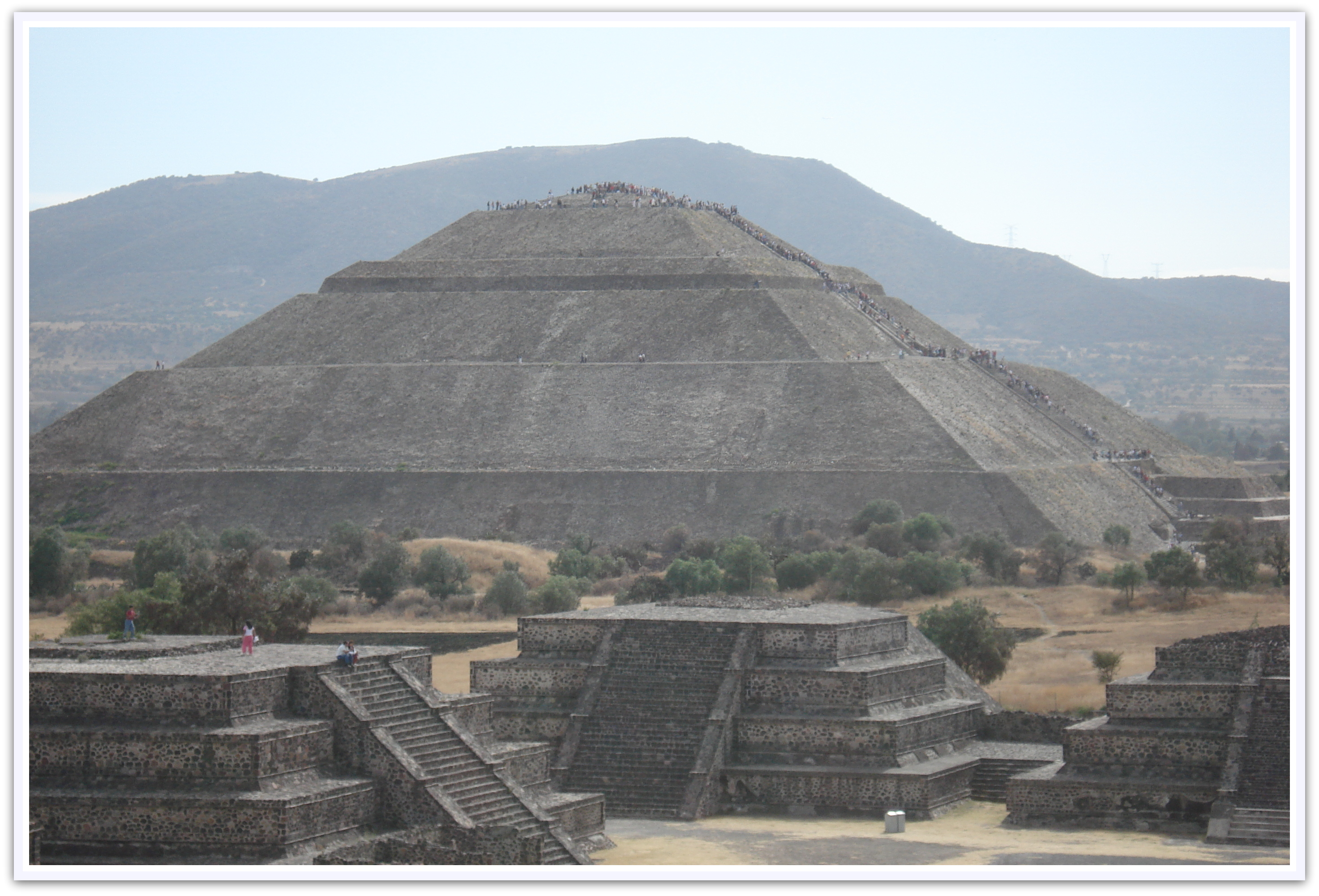
An indispensable part of any trip to Mexico City is definitely a visit to the pyramids of Teotihuacan which are also a UNESCO World Heritage Site. The empire extended from this formerly very important city until Guatemala and even today the archaeological site will impress you with its extensive size. You shouldn’t miss climbing the pyramid of the sun, the view over the “City of Gods” is spectacular. Excursions to Puebla, Cuernavaca and Taxco can also be organized from Mexico City.
.
TRAVEL GUIDELINES
Despite the many great sights, don’t forget that Mexico City is a big city with big city problems. In addition to widespread poverty, the city still struggles with air pollution and daily traffic chaos despite stringent emission controls. It is also often portrayed as a very corrupt ad unsafe city. That’s only partially true – robberies, kidnappings and car thefts take place here. However, if you follow some safety instructions and rely on common sense, you have nothing to fear. In particular, taxi raids are often warned and it is advisable to take these warnings seriously. They are not as common as they used to be, but they still happen. Avoid stopping a taxi on the side of the road. It is better to organize a taxi from the hotel or restaurant, use Über or book private transfers in advance. Otherwise, the same safety rules apply as in any other major city: don’t carry large amounts of cash with you, only use debit and credit cards, avoid less crowded areas and take care of your valuables. It is also advisable not to your purse/bag on the floor in a restaurant, as it is often stolen from there.


